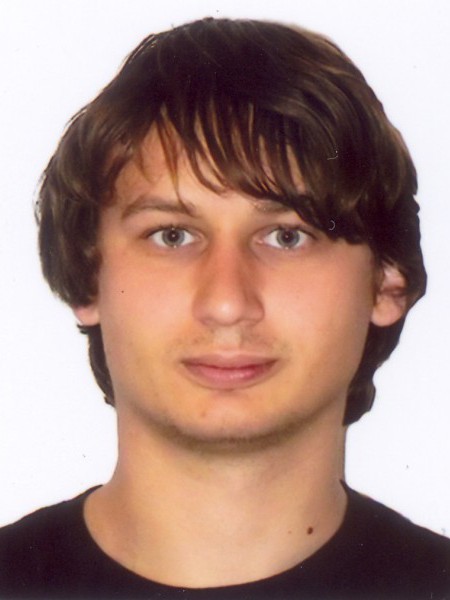abstract
Zinc electrodeposition from a deep eutectic mixture of ZnCl2 and choline chloride/ethylene glycol on titanium covered by an anodic titania film of different thicknesses was studied. It was shown that thin titanium dioxide layers work as high resistive media and the rate of zinc deposition decreases with film thickness. Thicker titania layers (23 nm and higher) have opposite properties and the zinc reduction rate starts gradually increasing with thickness. This happens because at the higher voltage necessary to grow thicker anodic films they become more crystalline and consequently more conductive. There is also evidence that in deep eutectic solvent no dense organic layer forms on the titanium/titania electrodes. The application of an AC signal superimposed on a DC potential only marginally increases the amount of zinc deposited and FTIR measurements did not reveal the formation of any chemical bonds between the film and deep eutectic solvent. Zn deposition onto titanium/titania at -1.6 V is characterized by instantaneous three-dimensional nucleation mechanism, which is independent of the titania thickness. (C) 2017 The Electrochemical Society. All rights reserved.
keywords
IONIC LIQUID; CHOLINE CHLORIDE; ELECTROCHEMICAL DEPOSITION; OXIDE-FILMS; GALVANOSTATIC ANODIZATION; TIO2 FILMS; NUCLEATION; SURFACE; ALLOYS; GROWTH
subject category
Electrochemistry; Materials Science
authors
Starykevich, M; Salak, AN; Ivanou, DK; Yasakau, KA; Andre, PS; Ferreira, RAS; Zheludkevich, ML; Ferreira, MGS
our authors
Groups
G2 - Photonic, Electronic and Magnetic Materials
G3 - Electrochemical Materials, Interfaces and Coatings
Projects
1-D nanostructures obtained by electrodeposition from ionic liquids (PTDC/CTM-NAN/113570/2009)
acknowledgements
The financial support of the European Commission and Portuguese Foundation for Science and Technology (FCT) in frame of the projects PIRSES-GA-2011-295273 - NANEL and PTDC/CTM-NAN/113570/2009, respectively, is gratefully acknowledged. The financial support of a Post-Doctoral grant (ref. SFRH/BPD/80754/2011) of the Portuguese Foundation for Science and Technology (FCT) and "Programa Operacional Capital Humano, comparticipado pelo Fundo Social Europeu e por fundos nacionais do MCTES" is greatly acknowledged by KY. M. Starykevich also thanks S.F.H. Correia (University of Aveiro) and A. Miranouskaya for helping with ellipsometry measurements and English revision correspondingly.







